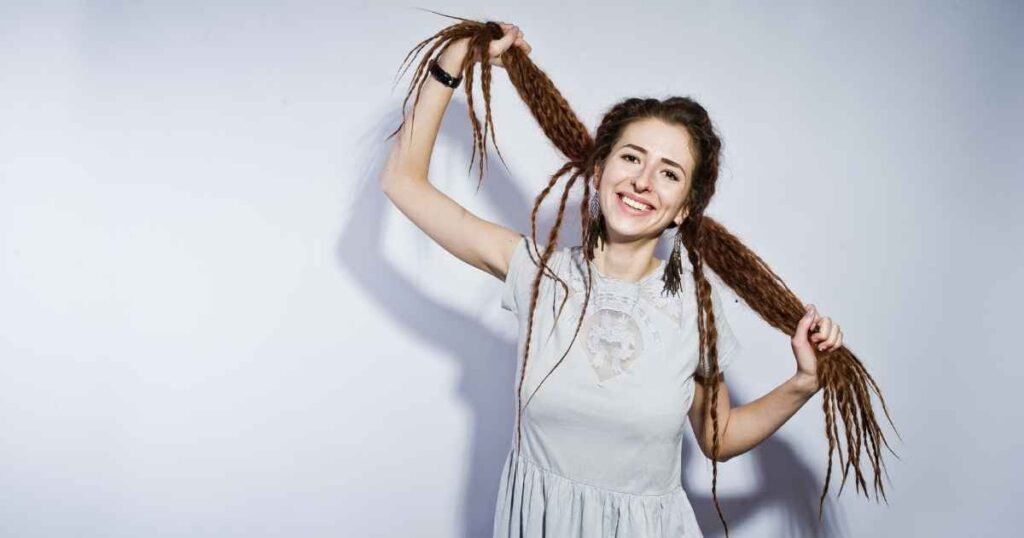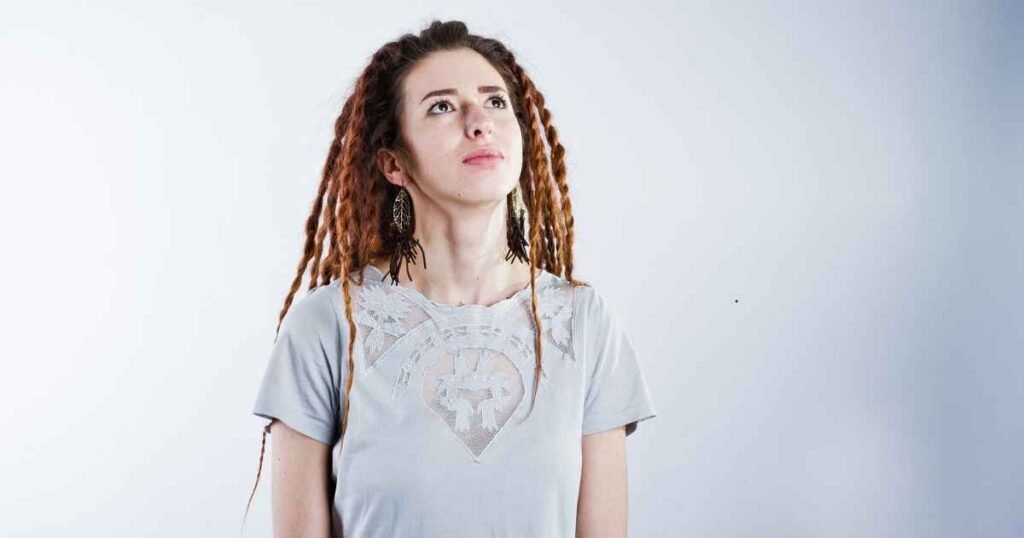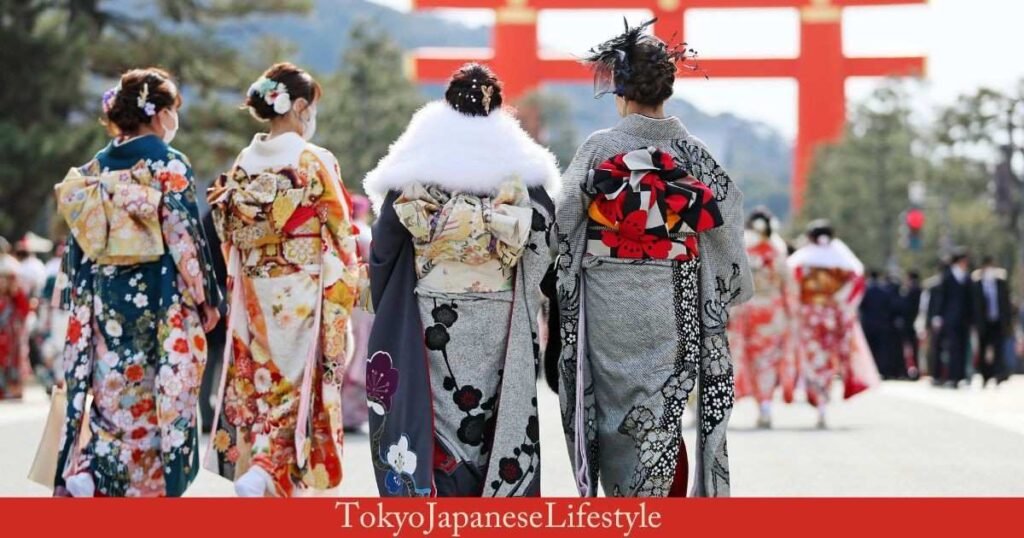Introduction to White Person With Dreads
The Historical and Cultural Context of Dreadlocks
White person with dreads is a topic that often sparks discussions about the origins and cultural significance of the hairstyle. Dreadlocks have deep historical roots, dating back thousands of years and appearing in various cultures across the globe. From ancient Egypt to the Hindu sadhus of India and the Rastafarian movement in Jamaica, dreadlocks have often symbolized spiritual connections, cultural identity, and resistance to societal norms. While the style has been embraced by numerous groups, it is important to recognize its close ties to Black culture and its historical significance as a symbol of pride and resilience. The adoption of dreadlocks by individuals outside these traditions can sometimes lead to debates about cultural appropriation, making it essential to approach the topic with sensitivity and understanding of its rich cultural heritage.
Why This Topic Sparks Debate
The topic of a white person with dreads often stirs emotional and intellectual debate due to the complex intersections of culture, identity, and appropriation. Many argue that dreadlocks, when adopted by individuals outside their cultural origin, symbolize cultural appropriation. These critics suggest that the hairstyle, when separated from its historical and spiritual importance, becomes a form of commodification. On the other hand, supporters view it as a celebration of cultural exchange and artistic freedom. The pressure lies in the perceived lack of acknowledgment or respect for the struggles and histories tied to the style. Ultimately, the presence of a white person with dreads highlights the delicate balance between appreciating and appropriating cultural elements in an increasingly globalized world.
Must Read: What do crows like to eat? Surprising food they enjoy
Cultural Significance of Dreadlocks Across Communities
The Roots of Dreadlocks in Various Cultures
- Ancient Egypt: Evidence of dreadlocks dates back thousands of years to Ancient Egypt, where mummified remains with preserved dreadlocks have been discovered, showcasing their enduring cultural and historical significance.
- Rastafarian Movement: Popularized in the 20th century, dreadlocks became a symbol of resistance, spirituality, and identity within the Rastafarian culture. This movement brought global attention to the style, influencing how a white person with dreads might inadvertently adopt elements of this deeply spiritual practice.
- Hindu Sadhus: Hindu holy men, or Sadhus, often wear their hair in dreadlocks as a sign of renunciation and dedication to their spiritual path. The lifestyle contrasts significantly with aesthetic choices seen in a white person with dreads, which may lack such spiritual underpinnings.
- Maasai Warriors: Among the Maasai people of Kenya and Tanzania, warriors traditionally sport distinctively crafted dreadlocks with red ochre, symbolizing strength and courage. While this cultural element remains significant locally, a white person with dreads might adopt the style without fully grasping the community’s heritage.
- Indigenous Tribes: Across Africa, the Americas, and the Caribbean, indigenous peoples have worn dreadlocks for both everyday practicality and ceremonial reasons. The diverse expressions of the style may differ significantly from how a white person with dreads might employ it as an individual expression of fashion.
These deep roots in various cultures underline how dreadlocks often carry layers of meaning tied to history, beliefs, identity, and resilience, offering much more than just a visual statement.
How Dreadlocks Evolved Over Time
Over the centuries, dreadlocks evolved beyond their cultural and spiritual origins to become a symbol of rebellion and individuality in modern contexts. the Rastafari movement propelled this haircut into global recognition, associating it with resistance to oppression and a connection to African strain. However, as dreadlocks entered mainstream fashion, their original significance sometimes faded. The controversy of a “white person with dreads” grows from this evolution, highlighting the shift from meaningful symbolism to aesthetic imitation. This transformation raises debates about whether such adoptions honor or dilute the rich legacies that dreadlocks embody.
White Person With Dreads as a Form of Individual Expression

Personal Freedom Versus Cultural Sensitivity
For a white person with dreads, the hairstyle can symbolize freedom, self-expression, and individuality. Many people who choose this style see it as a way to reject societal norms or express a connection to nature and alternative lifestyles. However, this personal choice often raises questions about cultural sensitivity. Critics argue that a white person with dreads may be appropriating deep-rooted cultural symbols without understanding their significance. Balancing personal freedom with respect for the origins and meanings of dreadlocks is crucial to fostering meaningful dialogue and inclusivity.
Breaking Stereotypes or Facing Criticism?
The discussion around dreadlocks often revolves around whether this hairstyle helps break stereotypes or invites criticism. On one hand, wearing dreadlocks outside their traditional cultural context can challenge conventional beauty standards and promote individuality. On the other hand, it can also lead to criticism for potentially disregarding the cultural sensitivities tied to their origin. Below is a table outlining various perspectives:
| Perspective | Description | Example |
|---|---|---|
| Breaking Stereotypes | Encourages personal freedom and self-expression, challenging traditional beauty norms. | A person chooses dreadlocks as a way to reject mainstream ideals and promote individuality. |
| Facing Criticism | Raises concerns about cultural appropriation and potential disrespect for cultural symbols. | Critics argue it ignores the deep cultural and historical meaning of dreadlocks. |
| Cultural Appreciation | When done respectfully, it reflects admiration and study of the associated culture. | Learning about the history of dreadlocks before adopting them as a hairstyle. |
Understanding these differing perspectives is essential for fostering thoughtful and respectful conversations.
The Debate on Appreciation Versus Appropriation
How Cultural Appropriation Impacts Marginalized Communities
Cultural appropriation often leads to the erasure or commercialization of traditions, symbols, and practices deeply rooted in marginalized communities. When elements of a culture are taken without acknowledgment or permission, it can perpetuate stereotypes and trivialize the broader significance of these practices. This becomes particularly harmful when the originating community faces oppression or discrimination while others profit or gain significance by adopting their culture. Cultural appropriation can invalidate the lived experiences of marginalized groups, making it important to critically assess intentions and actions when engaging with elements of another culture.
The Role of Awareness in Cultural Appreciation
- Understanding Historical Context: Before engaging with elements of another culture, it is crucial to research and understand its historical and social significance to avoid misrepresentation or harm.
- Acknowledging Origins: Giving credit to the communities and individuals who are the source of cultural practices or creations helps ensure their contributions are recognized and valued.
- Engaging Respectfully: Respect involves seeking permission where necessary, using cultural elements appropriately, and avoiding actions that distort or commodify their meaning.
- Avoiding Stereotypes: Cultural appreciation requires actively challenging and avoiding any behaviors or representations that reinforce harmful clichés or caricatures.
- Promoting Inclusivity: Supporting and uplifting the voices of people from the culture being appreciated fosters genuine collaboration and mutual respect.
Societal Implications of a White Person With Dreads
Examining Privilege and Perception
A white person with dreads often sparks complex conversations around privilege and cultural symbolism. Dreadlocks hold deep cultural and spiritual significance in many communities, such as Rastafarian and African traditions. However, when a white person with dreads adopts this hairstyle, it may signify a lack of understanding of this heritage. Due to systemic biases, they may face less discrimination than individuals from the cultures where dreadlocks originate. This disparity highlights how societal privilege can shape perceptions, granting some the liberty to experiment with styles while others face scrutiny purely because of their racial identity.
How Hairstyles Reflect Broader Social Inequalities
The choice of a white person with dreads also acts as a lens through which broader societal inequalities can be examined. Hairstyles, including dreadlocks, are often politicized for people of color, leading to unequal treatment in workplaces or educational institutions. Yet, when a white person with dreads adopts this look, they may encounter less judgment, illustrating a double standard rooted in racial inequities. This reflects systemic hierarchies in how cultural expressions are valued and perceived. Addressing these inequalities requires deeper dialogue on cultural appropriation, protection of cultural identities, and fostering equity in how individuals are treated based on their stylistic choices.
Navigating Identity and Respect with Dreadlocks
Tips for Cultural Sensitivity and Understanding
- Educate Yourself on Cultural Histories: Take the time to learn about the origins and significance of cultural expressions, like dreadlocks, to better understand their deep-rooted historical and spiritual meanings.
- Recognize Privilege and Double Standards: Acknowledge how systemic inequalities and privilege can influence how certain cultural elements are perceived and treated in society, and reflect on your position within this framework.
- Engage in Respectful Dialogue: Open conversations with people from the culture in question, approach these discussions with humility, and listen actively to their perspectives and experiences.
- Avoid Stereotyping or Exoticizing: Be mindful of not reducing cultural symbols or practices to trends or aesthetic choices without acknowledging their deeper significance.
- Support Authentic Representation: Celebrate and uplift voices from the culture itself, ensuring that they retain agency and visibility in how their cultural identity is represented and shared.
- Consider Intent and Impact: While your personal intent may not be to offend, understand that the impact of adopting cultural elements can still be harmful or misconstrued. Always act thoughtfully and with respect.
Finding Common Ground Through Inclusivity
Promoting inclusivity requires open dialogues and genuine efforts to value all cultures. For instance, a white person with dreads engaging in constructive discussions about their hairstyle can create an opportunity for shared understanding. Listening to the lived experiences of marginalized communities, respecting their perspectives, and acknowledging privilege are essential. Inclusivity also means celebrating cultural diversity while ensuring individuals’ expressions do not perpetuate systemic inequalities. By fostering an environment of empathy and mutual respect, everyone can contribute to a society where both identity and cultural heritage are honored equitably.
Final Thoughts
This article has explored the complex intersections of identity, culture, and inclusivity, emphasizing the importance of respect and understanding in fostering equity. Topics like cultural appropriation, privilege, and systemic inequalities were discussed to highlight the need for an empathetic society that values diversity. It is crucial to critically reflect on actions, such as a white person with dreads, and consider their implications within historical and cultural contexts. Ultimately, through empathy, awareness, and dialogue, we can strive toward a world where cultural heritage and individual identity are genuinely respected and celebrated.



